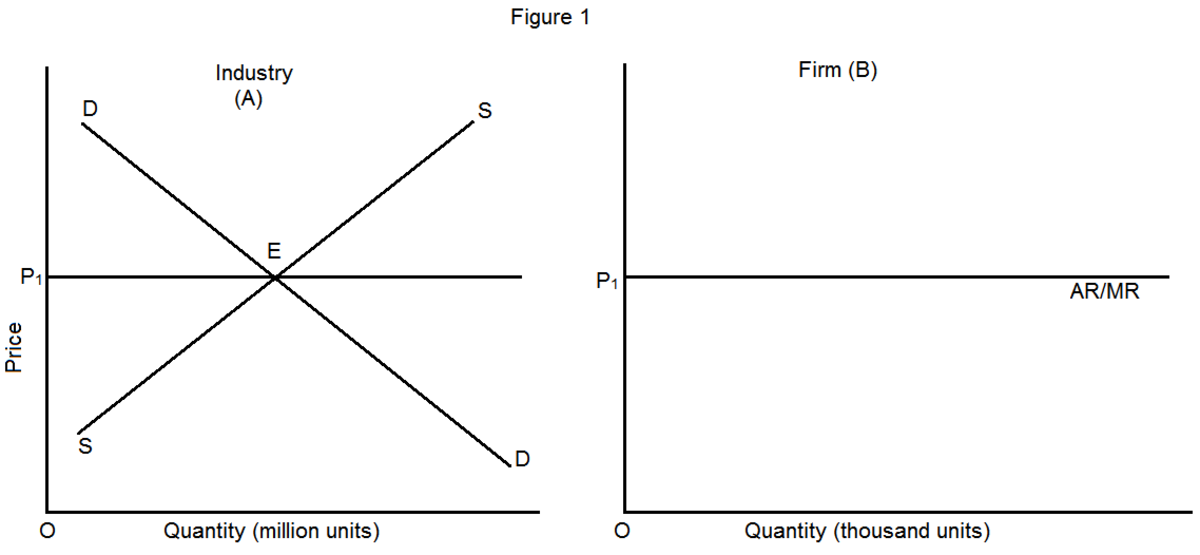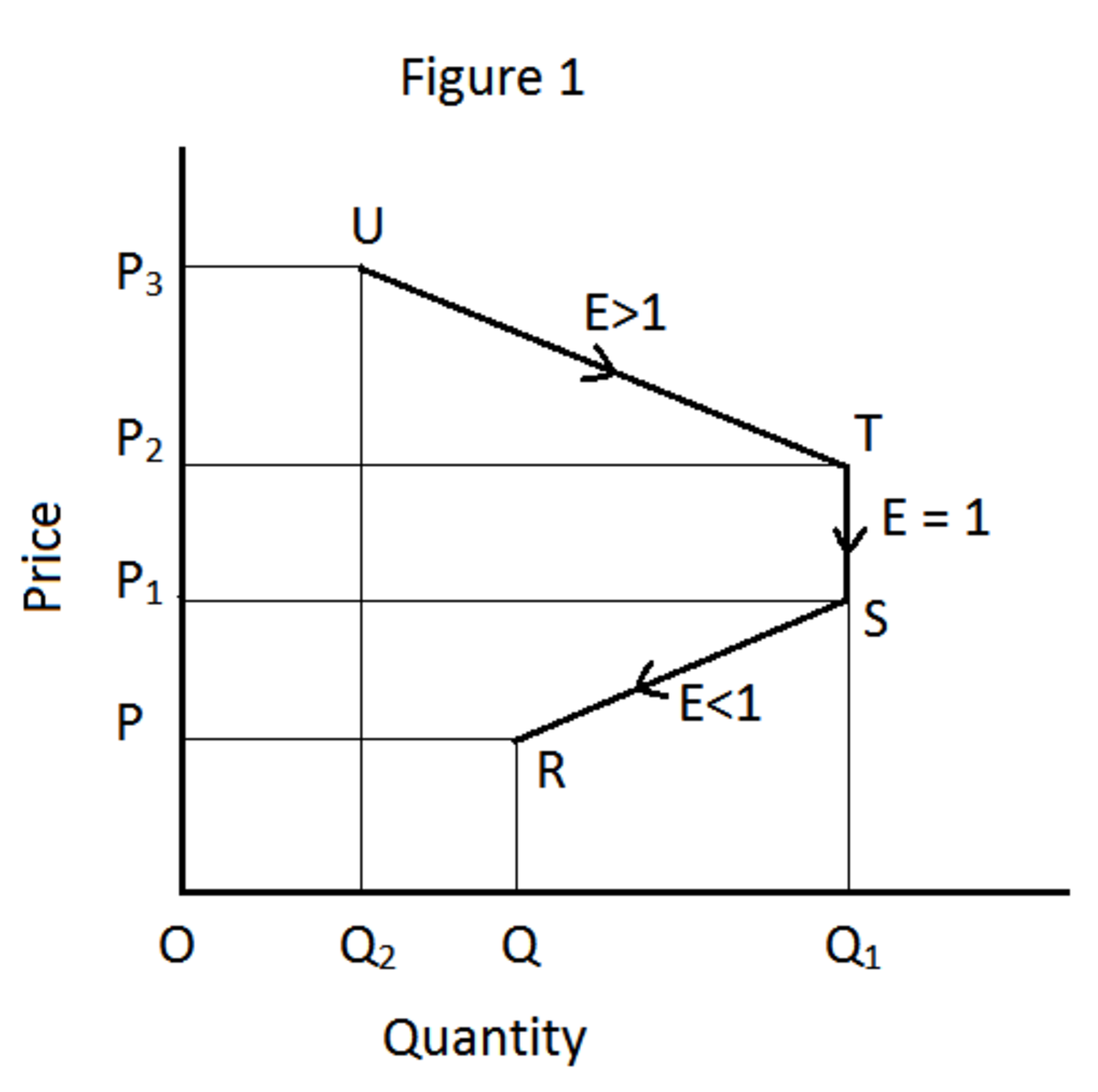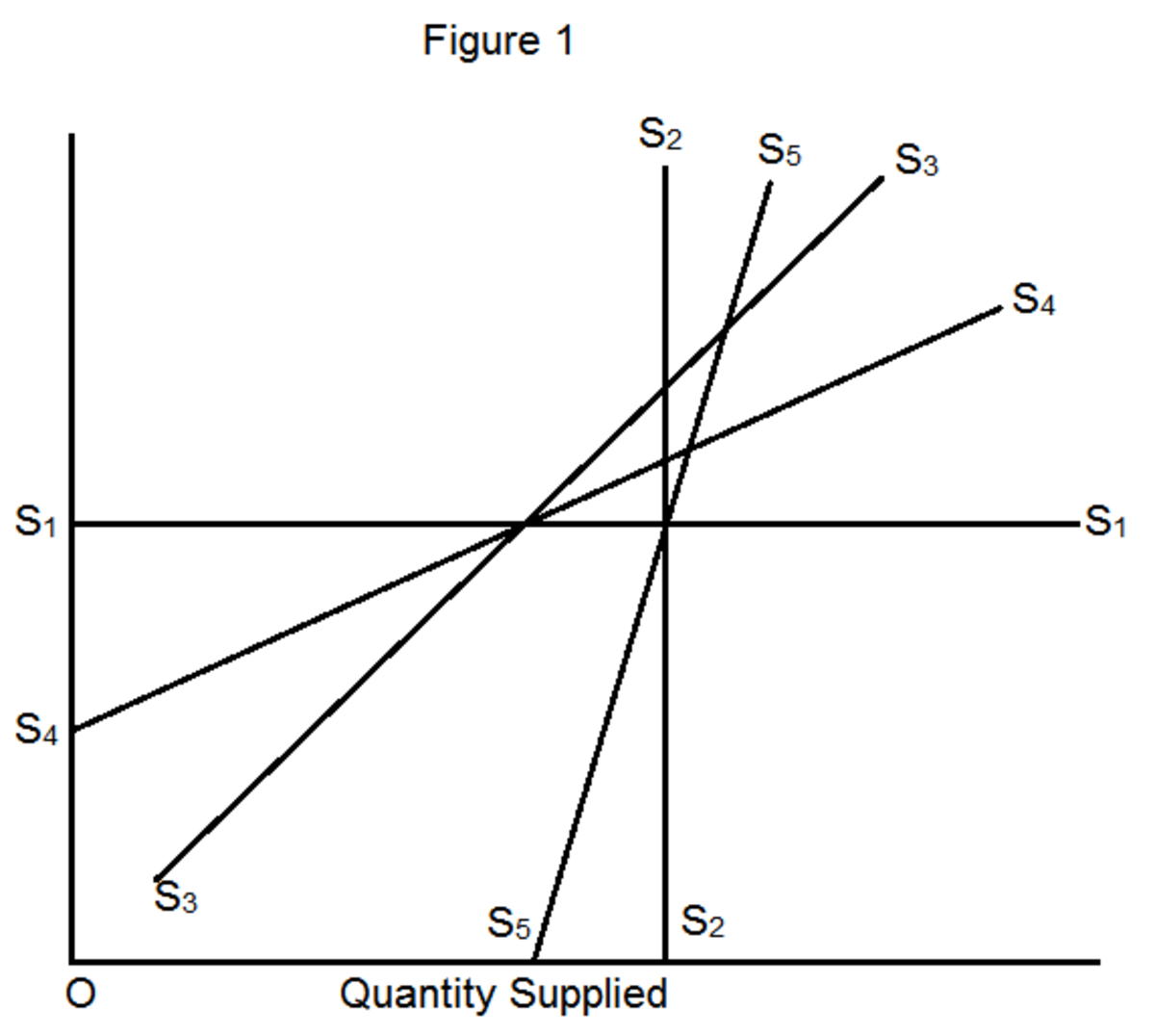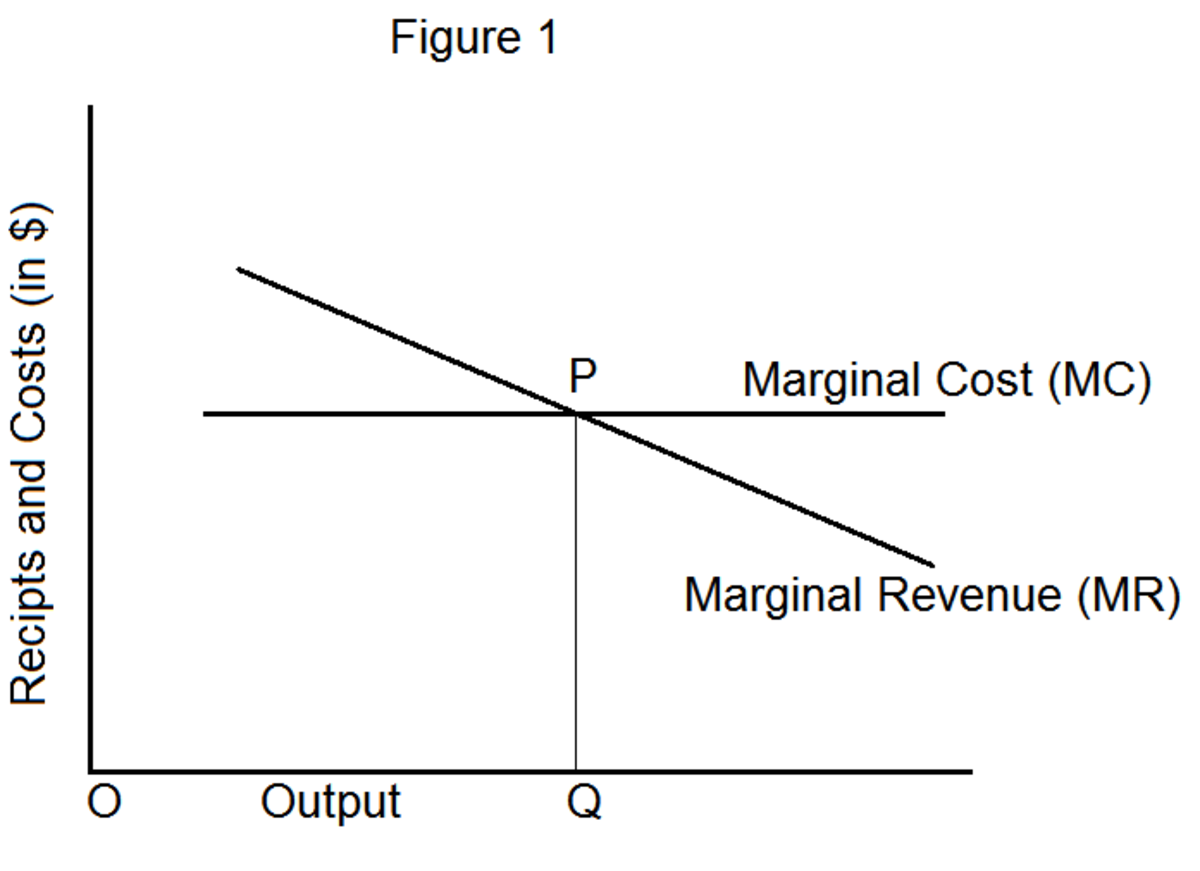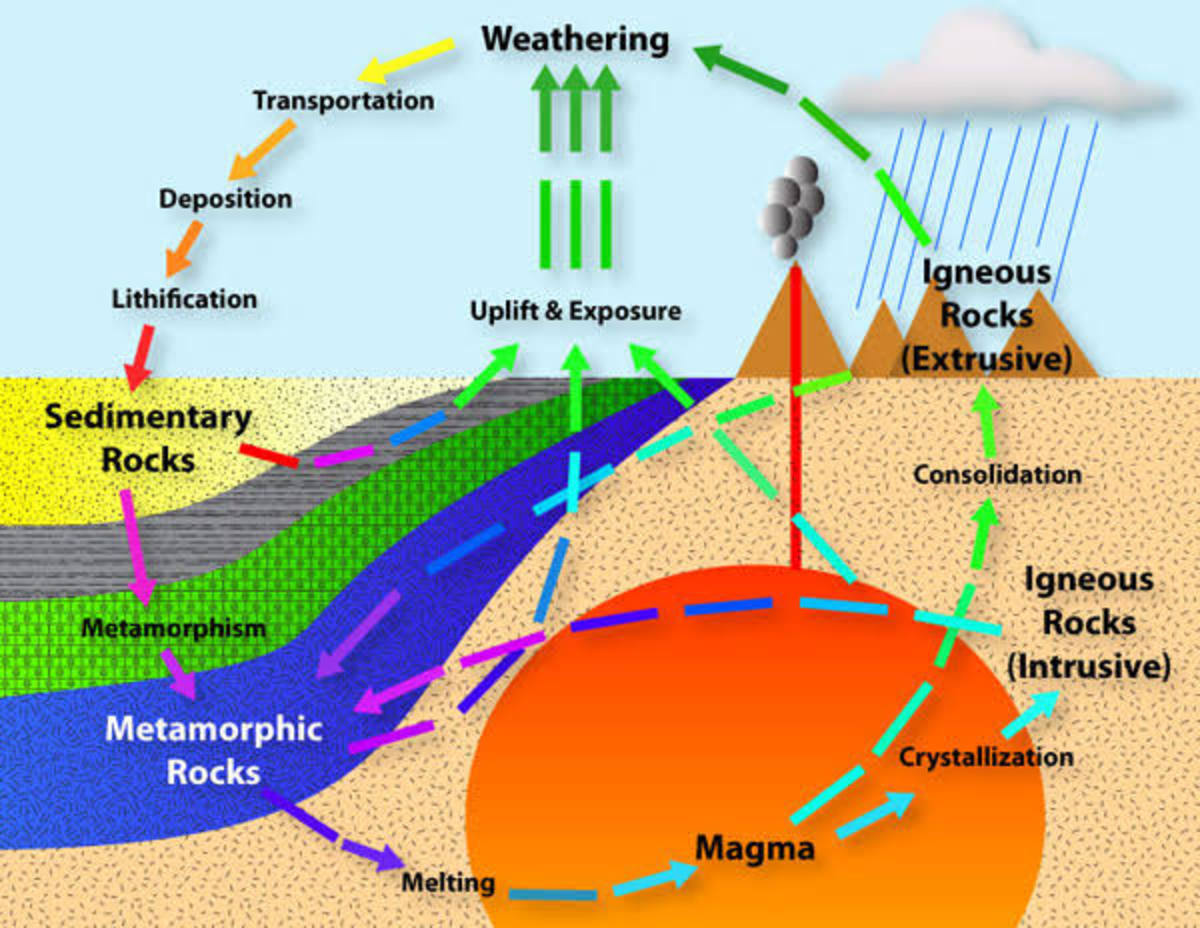PRODUCER PRICING POLICY: AN APPLICATION OF PRICE ELASTICITY OF DEMAND
In pricing its products, the firm, supplier or producer ought to know the price elasticity of demand for the products. This is important because whether revenue can be increased or not depends on knowledge about how to apply the concept of price elasticity of demand in this regard. When the price of a product is increased or decreased, the revenue (total revenue) also changes except where the demand is unit elastic. Demand is unit elastic when a percentage change in price results in the same percentage change in quantity demanded. As to whether the revenue will increase or decrease when price is adjusted, depends on the price elasticity of demand for the product. Revenue refers to the total amount of money that a firm receives from the sale of its output. Revenue = price × quantity demanded /sold.
When the price of a product is increased, the total revenue derived from the sale of the commodity, will increase, if the demand for that product is inelastic. This is because the increase in price of the product by the seller (for whatever reason) results in a less than percentage decrease in quantity demanded. In other words, since the demand is inelastic, the decrease in the buyer’s quantity purchased as a result of increase in price, is not large enough, compared to the increase in the price. For the fact that we multiply price by quantity to get revenue, it means, for inelastic demand, increase in price will lead to increase in revenue. For this reason, for a product that has inelastic demand, the firm, producer or supplier must increase price in order to increase revenue. How do we know whether the demand for a commodity is elastic or inelastic? As a seller you might have data on the various prices of your product and the sales (quantity demanded) at the various prices. With this is at our disposal, we can use the formula for calculating price elasticity to know the elasticity status, which then informs us as to whether one must increase price or decrease price in order to increase revenue.
Assuming the price of a product, say product A is initially $100 and the quantity demanded at that price is 20. Price of good A increases to $150 and quantity demanded falls to 18. In this case the demand is inelastic (percentage change in quantity is less than percentage change in price). Revenue at the initial price is $100 × 20 = $2000. At the new price of $150, revenue = $150 × 18 = $2700. Clearly, revenue after the increase in price of good A exceeds revenue before the increase in its price. Thus for a commodity with inelastic demand, we increase its price in order to increase total revenue. On the other hand, a reduction in price of a product with inelastic demand will result in decrease in total revenue.
If price of commodity A were to increase initially from $100 to $120 and the corresponding quantity demanded fall from 50 to 30, then an estimate of the price elasticity will indicate that demand is elastic for good A. Total revenue at price $100 is $100 × 50 = $5000. However, at the higher price of $120 it is $120 × 30 = $3600. Revenue in this case is less than what it was before the price increase. Since revenue before the increase in price is more than after the price increase, and knowing that the demand is elastic, it stands to reason that for a product with elastic demand, price ought to be reduced for the seller to increase revenue.
For unit elastic demand, a change in price of the product results in the same percentage change in quantity demanded. If for example price of a product falls from $51 to $50 (2% fall in price) and its quantity increases from 100 to 102 (2%) increase in quantity demanded, then total revenue at $51 is $51 × 100 = $5100. The revenue at price $50 is also $50 × 102 = $5100. Total revenue at both the high price and low price is the same i.e. $5100. For unitary elastic demand therefore, an adjustment in price as an attempt to increase revenue will not yield any results. In fact, any percentage change in price will induce the same percentage change in quantity demanded. Total revenue will not be affected. Producers of a commodity that may have such elasticity will need to produce more and sell more in order to increase revenue rather than changing price.
The concept of price elasticity aids governments to know the effect of certain policy decision on prices and their effect on total revenue of producers. If for example the government wants to encourage the consumption of locally produced goods, by reducing its price, the knowledge of price elasticity of demand for the commodity will guide the government. If the demand is inelastic the reduction in price will lead to a fall in total revenue and factors of production employed in that industry may be reduced. On the other hand, if the demand is elastic, this will lead to an increase in total revenue of producers and may even result in employment of factors of production in that industry.




